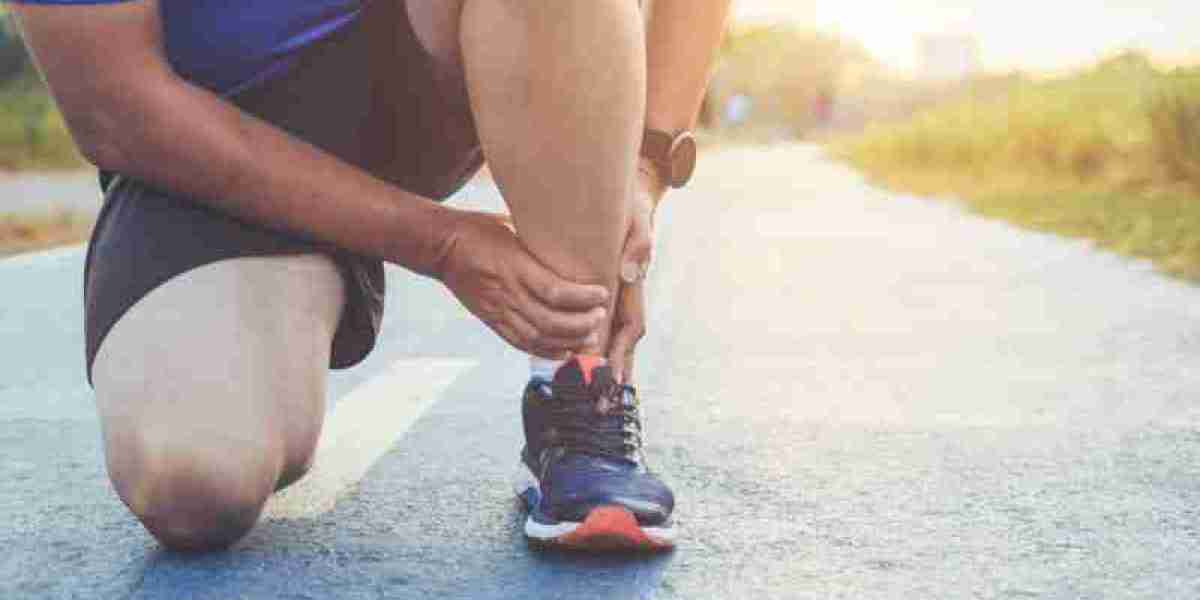Chafing is an all-too-common issue faced by athletes and fitness enthusiasts, ranging from runners and cyclists to gym-goers and outdoor adventurers. It occurs when skin rubs against skin or clothing, leading to redness, irritation, and discomfort. While it might seem like a minor inconvenience, chafing can quickly derail your training sessions or competitions if left unaddressed. Fortunately, there are several effective solutions to prevent and treat chafing, ensuring you can stay focused on your performance.
Understanding Chafing: Causes and Common Areas
Chafing happens due to repetitive friction, often combined with moisture from sweat or wet environments. This creates irritation on the skin’s surface, which can lead to painful rashes, blisters, or even raw skin.
Common Causes:
- Sweat and Moisture: Excessive sweating creates the perfect environment for friction to irritate the skin.
- Improper Clothing: Seams, rough fabrics, or poorly fitting clothes can cause repeated rubbing.
- Skin-on-Skin Contact: Areas where skin naturally rubs together, such as thighs or underarms, are particularly susceptible.
- Prolonged Activity: Long workouts or competitions amplify friction and increase the likelihood of chafing.
Common Chafing-Prone Areas:
- Inner thighs
- Underarms
- Groin area
- Nipples (common for runners)
- Feet (due to ill-fitting shoes or socks)
Prevention Tips for Chafing
The good news is that chafing is entirely preventable with the right measures. Here’s how to keep your skin safe and irritation-free:
1. Wear Proper Clothing
Choose moisture-wicking fabrics that reduce sweat accumulation and prevent friction. Compression gear, seamless designs, and technical sportswear are great options for minimizing rubbing.
2. Stay Dry
Keep your skin dry by using talcum powder or moisture-absorbing products. These are particularly useful for high-sweat activities.
3. Hydration and Skin Care
Proper hydration helps maintain your skin’s elasticity, reducing the chances of chafing. Applying a hydrating lotion after workouts can also keep your skin in good condition.
4. Use Anti-Chafing Products
Specialized balms, creams, and sprays create a protective barrier between your skin and the source of friction. Applying these products to high-friction areas can make a significant difference.
5. Opt for Quality Footwear and Socks
Blisters and chafing on the feet are often caused by poorly fitted shoes or socks. Wear moisture-wicking socks and ensure your shoes fit snugly without pinching.
Top Chafing Solutions for Every Athlete
1. Anti-Chafing Creams and Balms
One of the most effective ways to prevent chafing is by using anti-chafing products. These creams and balms are designed to reduce friction and protect the skin.
- Key Benefits:
- Long-lasting protection
- Easy to apply
- Suitable for sensitive skin
2. Compression Gear
Compression shorts, tops, and leggings are seamless and form-fitting, significantly reducing skin friction. Look for high-quality brands that focus on sports performance.
3. Powders and Sprays
Anti-chafing powders absorb sweat and reduce moisture buildup, making them ideal for hot or humid climates. Sprays, on the other hand, offer a quick and mess-free application.
4. Protective Bandages or Tapes
Athletes who experience chafing in specific areas, such as nipples or feet, can use protective bandages or athletic tapes to shield their skin.
5. Skincare Routine for Recovery
If chafing does occur, it’s essential to treat it properly. Use soothing creams with aloe vera, chamomile, or calendula to promote healing and reduce inflammation. Keeping the affected area clean and dry is crucial for recovery.
How Different Sports Affect Chafing Risks
Every sport comes with its own set of challenges when it comes to chafing. Let’s break down the specific concerns and solutions:
Running
Runners are highly prone to chafing on the inner thighs, underarms, and nipples due to repetitive motion. Investing in compression shorts and applying anti-chafing cream before long runs can make a big difference.
Cycling
Cyclists often experience chafing in the groin area due to prolonged sitting and pedaling. Padded cycling shorts and specialized anti-chafing balms for cyclists are essential.
Swimming
While water reduces friction, the combination of moisture and movement can still lead to chafing, especially in salt or chlorinated water. Applying a water-resistant anti-chafing balm before swimming can help.
Hiking
Hikers face chafing on the thighs, feet, and underarms, often caused by extended activity in hot conditions. Moisture-wicking socks and breathable clothing are essential for comfort.
Promo Paragraph: Try the Best Chafe Protection Today!
Say goodbye to discomfort and focus on your performance with Bullet & Bone’s premium chafe protection solutions. Whether you're running marathons, cycling through challenging terrains, or hitting the gym, our expertly formulated products provide long-lasting relief and protection. Made with natural ingredients and designed for active lifestyles, Bullet & Bone has everything you need to stay chafe-free.
Dealing with Chafing: Quick Recovery Tips
If you experience chafing, follow these steps for quick relief:
- Clean the Area Gently: Use warm water and mild soap to clean the affected area. Avoid harsh scrubbing.
- Apply Soothing Creams: Look for creams with healing ingredients like aloe vera or calendula.
- Keep the Area Dry: Pat the area dry and avoid wearing tight or rough clothing until it heals.
- Rest and Recover: Take a break from the activity that caused the chafing until the irritation subsides.
Conclusion
Chafing might be a common issue for athletes, but it doesn’t have to disrupt your performance or enjoyment of sports. By understanding the causes and investing in the right prevention strategies and products, you can ensure your skin remains healthy and irritation-free. From anti-chafing creams to moisture-wicking clothing, small changes can make a big difference.



